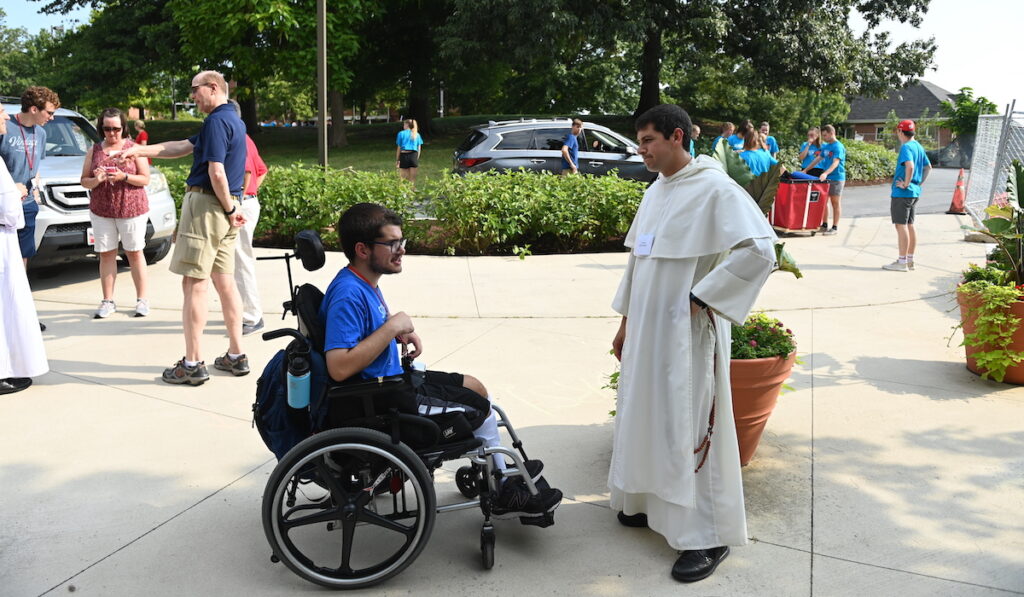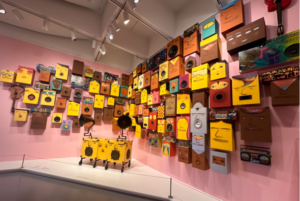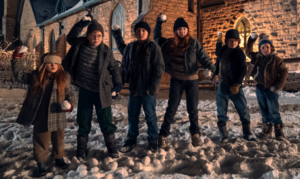Student Perspective: Wheelchair Accessibility on Campus

Image Courtesy of The Catholic University of America
This is an independently submitted op-ed for our Quill section. Views and statements made in this article do not necessarily reflect the opinions of The Tower.
It’s not particularly uncommon for people to see me rolling around campus in my wheelchair. Whether I am headed to class, the Pryz, Garvey Hall, or one of the many events on campus. Over the course of my freshman year and the beginning of my sophomore year here, I have come to realize that while our campus has made some significant strides for wheelchair accessibility, there are some areas in which we still have a lot of work to do.
To begin, I shall discuss the aspects of campus in which CUA does well, from a wheelchair accessibility standpoint. Firstly, the Disability Support Services (DSS) office here is more robust in the services it offers than the equivalent offices at most of the other colleges to which I applied. One of the main reasons for this is the fact that our DSS office employs a far larger number of people, in a greater variety of roles, than equivalent offices at universities such as Berklee College of Music, where I participated in a summer music performance program in 2019, and where I was also accepted when applying to colleges during my senior year of high school (they have less than five people managing all the services that their office provides).
Additionally, the people in the DSS office here are extremely quick to respond to student’s needs, and they have come up with a large variety of solutions to some of the problems for which students have sought their support. As an example, after multiple incidents last spring in which the Ward elevator went down without me knowing (in the process preventing me from attending classes), the folks in the DSS office added me to an email list which means I now receive an email any time an elevator goes out anywhere on campus. Additionally, when I had to get temporary replacements for parts on my wheelchair that had broken and was worried about the stability of the temporary solutions, DSS staff members arranged for the campus shuttle to transport me between my dorm, the Pryz/Garvey Hall, and my classes.
The work DSS does is invaluable, but there are still areas where we can improve in terms of wheelchair accessibility. For starters, both last year and now I have had friends living in Regan, Ryan, and Gibbons Halls, but I am unable to visit my friends who live in these buildings because they do not have wheelchair-accessible entrances. While in theory, I could ask them to always come visit me in my building, I do not know how many people would be willing to constantly walk from their building to mine and back. This is especially true for those who live in Regan and Ryan because I have lived in Centennial Village both last year and now; visiting me would thus require them to go up, then back down, the dreaded “Flather Hill” or the hill leading past the entrance to Garvey Hall.
Additionally, I love going to events in “The House,” put on by the House Ministers. However, the only way that a wheelchair user can get into “The House” is by going through the Happel Room, and the door between the Happel Room and “The House” is always locked. There is also no direct wheelchair-accessible path between the main part of “The House” and “The Cellar,” where some of the House Ministers’ events have been held. Instead, a wheelchair user who wishes to go from the main part of “The House” to “The Cellar” must exit Caldwell Hall completely and go around to a different door to get into “The Cellar.” In general, the University must make a persistent effort to update its buildings to comply with current accessibility guidelines.
Furthermore, there are many extremely steep hills on this campus. I have had to either rely on my friends to help me get up these hills or stand up, walk to the back of my wheelchair, and then push the wheelchair up the hill from behind, which absolutely drains me every time I do it.
I have frequently told people I interact with that CUA is the most wheelchair-friendly campus out of any of the colleges to which I applied, because that is indeed the case. However, there are several slight annoyances on our campus for students who use wheelchairs. I believe that resolving these issues would be an excellent step in reaffirming the University’s belief in the dignity of the human person.






